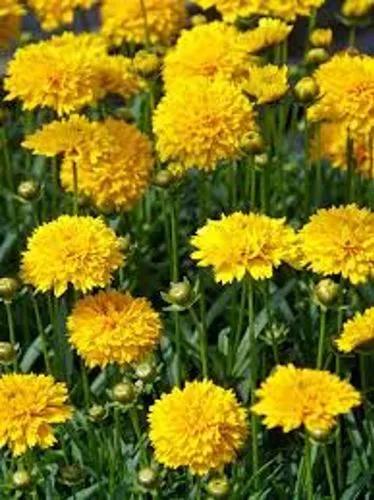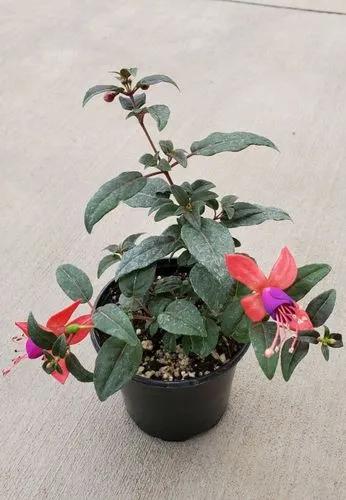Perennial, and especially covered with long, sparse, protruding hairs; 20-50 cm tall, straight or ascending, numerous, often branched, replacing, oblique-ovate, pointed, three upper lch. obovate, rounded at the apex, ciliated along the edge, 10-15 mm long., 8-10 mm wide. Peduncles 5-10 cm long., Strong; color in the amount of 5 sit in the sinus of the upper trifoliate L., yellow, 15-18 mm long., chshch. 6-8 mm long., With narrow teeth, equal to the tube; f. 15-18 mm long., With a rounded bend, quickly turning into a wedge-shaped nail; crl. 15 mm long., With pls. obovate, much larger than the marigold; beans are cylindrical, 25-30 mm long. and 2-3.5 mm wide.
Flowering Plant Care
Lotus castellanus



Sow in early spring. Seeding rates (when sowing in pure form) 10 - 12 kg / ha; the depth of seeding is 1 - 2 cm. When sowing on hay, the yield with two mows is on average. 40 centners / ha. It is better to harvest the 2nd cut for seeds, since it gives a higher yield and the seeds ripen more amicably; harvesting should be done as soon as the seeds begin to blacken.Winter-hardy and drought-resistant. Contains in green mass on Wed. (in%): protein 6.5, fat 1.4, fiber 7.8 and nitrogen-free extractives 16. Reaches full development in the 2nd year, although already in the 1st year it forms seeds. In grass mixtures it is retained for up to 15 years; It is predominantly of pasture importance (especially for sheep and the red horn. sk.). Llyadvenets acquires great importance in the fight against erosion, especially on chestnut soils.
Discover more plants with the list below
Related articles






